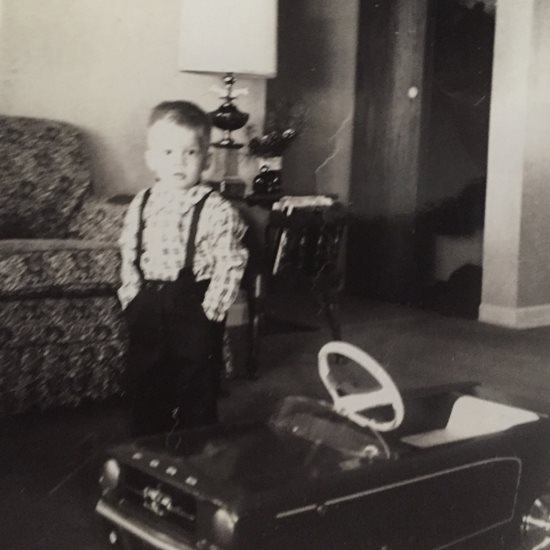 |
| My first car made up for its lack of braking , handling and acceleration with coolness. |
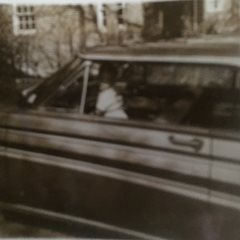 |
| Driving lessons came early in my youth. |
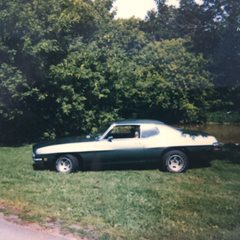 |
| My first car accelerated great, but decelerated poorly with small four wheel drum brakes. I cured this by retrofitting disc brakes at a later date. |
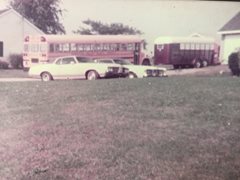 |
| Power assisted drum brakes were a upgrade on my 1970 Oldsmobile Cutlass |
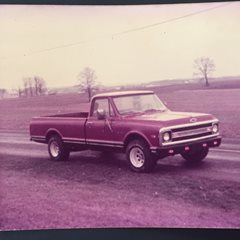 |
| No power steering and non power assisted drum brakes made my 1970 Chevy truck a real thrill to stop while carrying a load or pulling a trailer. |
As a young boy, I remember my parents talking about the need to be very careful while driving on the snow, ice and even wet roads. They spoke of these hazardous driving conditions and they remain in my mind even today. This was a time period long before safety technology had advanced to the levels we are experiencing today in our vehicles.
Over the years, various new features have been added to our driving machines such as: Antilock brakes (ABS), stability controls, traction controls and rollover protections. When I began driving myself at the age of 16, very few vehicles had ABS. In fact, many vehicles were using drum brakes at the time. The first three vehicles that I drove on a regular basis had drum brakes and only one of the three was power assisted. As a youth in my Pontiac LeMans, I learned very quickly about brake fade. It only took a few hard applications on the brakes to overheat the drums and effectively make stopping next to impossible. On wet roads or any difficult braking circumstances, if you had to apply the brakes in a hard manner the vehicle would seldom stop in a straight line. There was skill involved in braking hard and yet not hard enough to lock the wheel. As soon as a wheel becomes locked, the vehicle skids in the direction the momentum carries it and not the direction in which the wheel is pointed. This is where skills such as “pumping the brakes” came into play. Due to the limitations we had, you learned many other driving skills that are not used on today’s modern vehicles. There is one practice that should still be common and that is leaving plenty of extra distance when bringing a vehicle to a stop.
Let’s move forward to today’s modern vehicles and their new advances in technology. We now have Radial Tires as compared to Bias Ply, stability and traction control systems which all add up to safer vehicles. There were very few drivers who had the skill set to maintain control over a vehicle like we do today with the added systems in place. An example which comes to mind happened to be one day while riding in the front seat of a Mini Van in Detroit, MI. To set the scene, it was cold and snowing at the time. The roads were already covered with snow and ice as the new snow was falling from the sky. The driver of the van was a young man in his 20’s. I was riding in the passenger seat along with a few older adults in the back seat. The young driver switched lanes rapidly and would brake hard which seemed like aggressive driving to those of us older adults riding in the car. Other than the driver, most of the passengers in the car were semi truck drivers and therefore any of these maneuvers seemed aggressive to us. We laughed and chucked to ourselves and various looks came across faces throughout the vehicle. The driver caught hold of this and said “What is wrong?” We left him know that years ago our cars would not have responded in this way…we would have been spinning like a top and quite possibly could have been on our roof before it was all said and done. This young driver is accustomed to today’s updated features and controls and really did nothing extraordinarily wrong other than to spook us older adults. The question that came to my mind was “how many accidents or crashes would we have in today’s vehicles if they were driven with the margin of error as those early vehicles?”
No matter what era you live in, humans tend to push the limits to the edge. If you were to drive a modern vehicle in the same manner as a 1908 Model T Ford, there would be next to zero accidents today. Keep in mind the Model T only had brakes on the rear axle. The key is to welcome and enjoy the new technology without abusing the advances it affords.